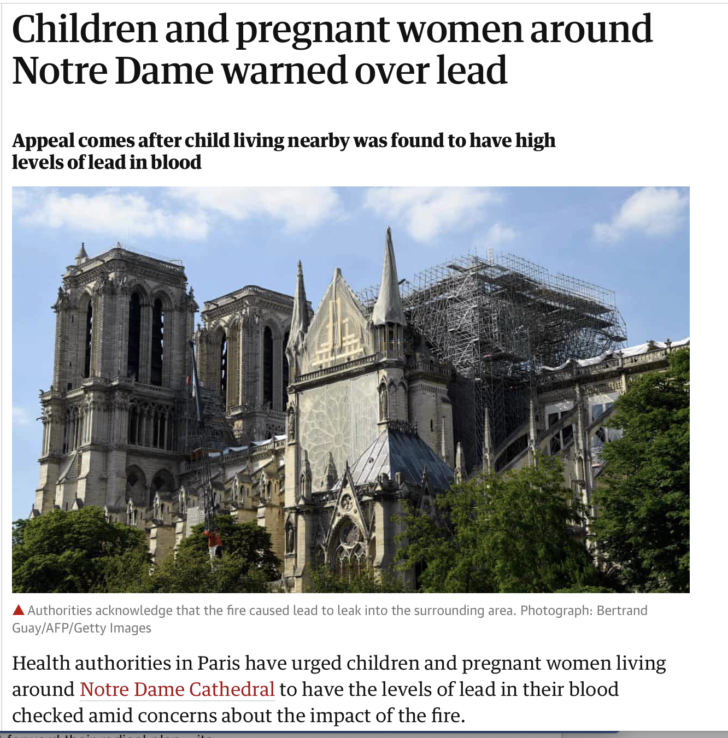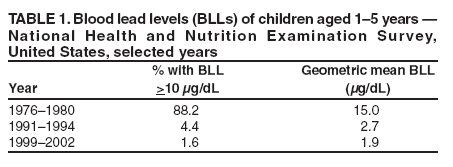Lead hysteria hits Paris. There is no need for French families to worry. Like shootin’ poisson in a barrel.

Here is the cause of the panic according to the Guardian article:

The first couple things to keep in mind are that:
- Mere exposure is not equal to toxicity; and
- Regulatory levels are not safety levels but rather safety levels with a built in margin of safety.
Now let’s consider the blood lead level (BLL) measured in the child: 50 micrograms per liter of blood.
That sounds scary because when you hear the number “50” in terms of BLL, that is a trigger for treatment.
However in this case, you can’t just look at the “50” without looking at the units in which it is measured — i.e., micrograms per liter of blood.
We usually hear of BLLs in term of deciliters of blood — not liters.
Doing some quick math — i.e., dividing everything by 10 to put the quantity into common language — we see that the child’s BLL was 5 micrograms per deciliter.
Is 5 micrograms per deciliter a dangerous or worrisome level of lead exposure?
No.
How do we know?
Consider this table from the Centers for Disease Control and Prevention:

As you can plainly see, U.S. children had much higher BLLs in the 1970s and there was no epidemic of lead poisoning at that time.
Yes, today regulators mindlessly claim that there is no safe exposure to lead, but that is entirely false and without scientific basis.
The human body can safely manage some lead exposure, like everything else, but not too much. The dose makes the poison. A BLL of 5 micrograms/deciliter is no big deal.